
12 Real-World Data Science Examples: Power Of Data Science
Sep 20, 2024 7 Min Read 16070 Views
(Last Updated)
Have you ever wondered how some of the world’s most successful companies seem to know exactly what you need, even before you do? Or how your favorite streaming service recommends the perfect movie or how companies accurately predict customer behavior to offer personalized experiences? These all are Data Science examples and the answers to these lies in this article
These all are due to the transformative power of Data Science – a revolutionary field that has permeated every aspect of our lives, shaping industries and driving innovation.
In this article, we will explore the real-world applications of Data Science, understanding how companies are using data to understand customer behavior and its benefits. So, let’s get started
Table of contents
- Real-World Data Science Examples
- Healthcare Analytics
- Financial Fraud Detection
- Retail Market Analysis
- Natural Language Processing (NLP)
- Recommendation Systems
- Predictive Maintenance
- Climate Change Analysis
- Image and Video Analysis
- Social Media Analytics
- Sports Analytics
- DNA Sequencing and Bioinformatics
- Sentiment Analysis for Market Research
- Conclusion
- FAQ
Real-World Data Science Examples
Data science is a rapidly growing field with numerous real-world applications across various industries. Here are the 12 prominent examples of data science applications:
Before we move into the next section, ensure you have a good grip on data science essentials like Python, MongoDB, Pandas, NumPy, Tableau & PowerBI Data Methods. If you are looking for a detailed course on Data Science, you can join GUVI’s Data Science Course with Placement Assistance. You’ll also learn about the trending tools and technologies and work on some real-time projects.
Additionally, if you want to explore Python through a self-paced course, try GUVI’s Python course.
1. Healthcare Analytics
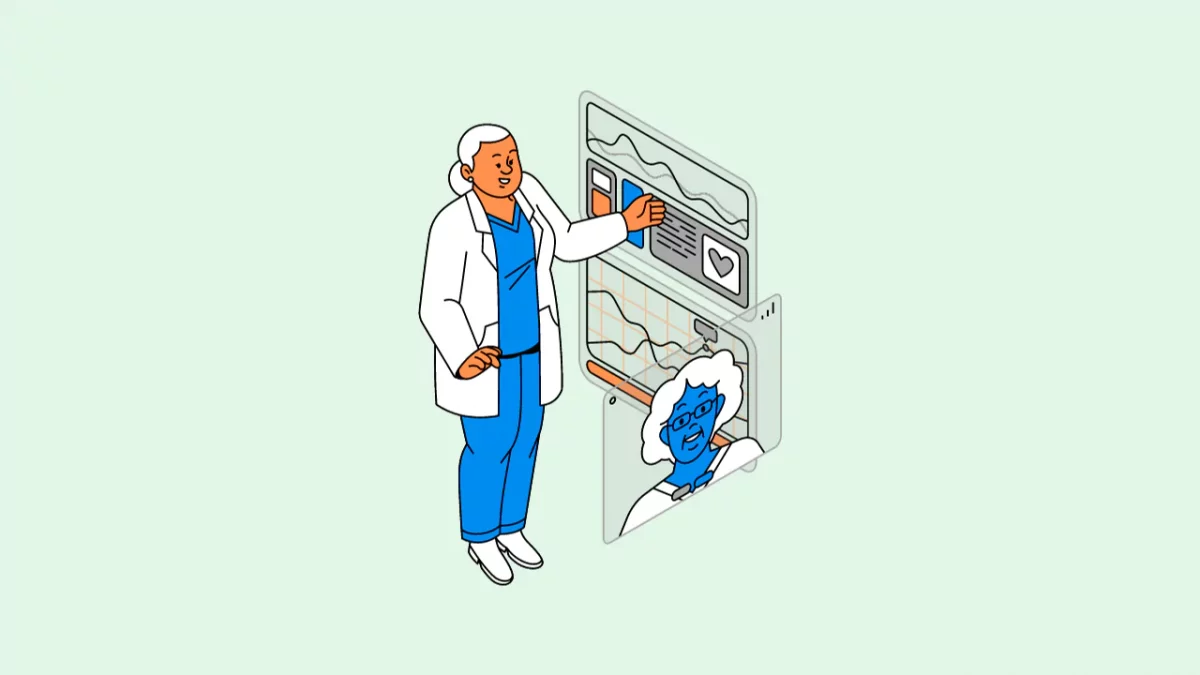
Data science has had a profound impact on the field of healthcare analytics, revolutionizing the way medical data is collected, processed, and utilized. One significant application of data science in healthcare is medical image analysis. With the advent of deep learning and computer vision algorithms, data scientists have developed advanced tools to assist radiologists and doctors in interpreting medical images such as X-rays, MRI scans, and CT scans. Merative is one tool that helps healthcare organizations track data.
These algorithms can accurately detect anomalies and diseases, leading to earlier diagnoses and more effective treatment planning. Moreover, data science enables the aggregation and analysis of large-scale patient data, helping healthcare providers identify patterns and risk factors associated with various diseases.
Predictive modeling can be used to forecast patient outcomes, aiding in resource allocation and patient management. By leveraging data science techniques, healthcare analytics has ushered in a new era of personalized medicine, where treatment plans can be tailored to individual patients based on their unique medical profiles.
2. Financial Fraud Detection

Data science has significantly bolstered the field of financial fraud detection by providing sophisticated tools and techniques to identify and prevent fraudulent activities. Traditional rule-based systems used for fraud detection have limitations in handling complex and constantly evolving fraud patterns.
Data science, particularly machine learning and artificial intelligence algorithms, has introduced more adaptive and robust fraud detection mechanisms. By analyzing vast amounts of historical transaction data, data scientists can develop predictive models that can detect unusual patterns or anomalies in real-time transactions.
Moreover, data science enables the integration of multiple data sources, such as transaction records, customer behavior data, device information, and social network data, to build comprehensive profiles of customers and their activities. By utilizing these enriched data sets, data scientists can create more precise fraud detection models.
These models can learn from new data continuously, allowing them to adapt to emerging fraud patterns and improve accuracy over time. Amazon Fraud Detector is one such tool that helps in achieving this feature.
3. Retail Market Analysis
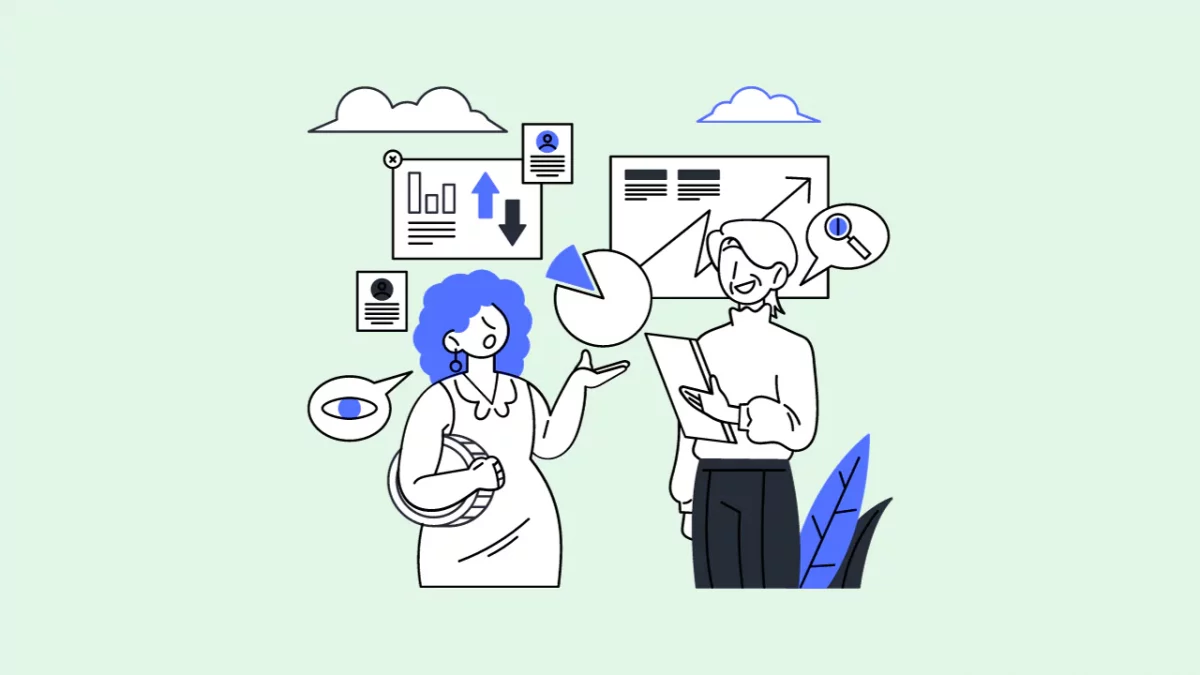
Data science has had a profound impact on retail market analysis by providing retailers with powerful tools and insights to better understand customer behavior, optimize operations, and make data-driven decisions.
One significant application of data science in retail is customer analytics. By leveraging data from various sources, such as transaction records, customer loyalty programs, and online interactions, data scientists can create customer profiles and segmentations. This enables retailers to identify their most valuable customers, understand their preferences, and tailor marketing strategies to specific customer segments.
Additionally, data science helps predict customer churn and develop personalized recommendations, fostering customer loyalty and increasing customer retention rates. Tools like Microsoft Power BI help in understanding the data and forecasting the demands.
Furthermore, data science plays a critical role in demand forecasting and inventory management. Retailers deal with vast amounts of sales and inventory data, and data science techniques allow them to extract valuable insights from this data. By analyzing historical sales patterns, seasonal trends, and external factors like weather or economic conditions, data scientists can build accurate demand forecasting models.
4. Natural Language Processing (NLP)
Data science has revolutionized the field of Natural Language Processing (NLP) by enabling machines to understand, interpret, and generate human language.
NLP involves tasks such as sentiment analysis, language translation, text summarization, chatbots, and speech recognition. Data science techniques, particularly machine learning and deep learning algorithms, have played a vital role in advancing NLP capabilities. For instance, in sentiment analysis, data scientists use labeled datasets to train machine learning models that can classify text as positive, negative, or neutral sentiment.
These models can then be applied to analyze customer feedback, social media posts, and product reviews to understand public sentiment about a brand or product. Tools like Python’s Natural Language Toolkit (NLTK), spaCy, and scikit-learn are commonly used in NLP for text preprocessing, feature extraction, and building machine learning models.
5. Recommendation Systems
Data science has played a pivotal role in the field of Recommendation Systems, transforming how businesses personalize content and suggestions for their users. Recommendation Systems analyze user behavior and preferences to provide relevant and personalized recommendations for products, services, or content.
Data science techniques, particularly collaborative filtering, and content-based filtering, are commonly used to build these systems. Collaborative filtering leverages user-item interactions to identify patterns and similarities among users and items, while content-based filtering uses item attributes to make recommendations.
Machine learning algorithms like matrix factorization, neural networks, and decision trees are employed to make accurate predictions and generate personalized recommendations. Tools like Python’s sci-kit-learn, TensorFlow, and PyTorch are frequently used in building recommendation systems, as they offer a wide range of machine learning algorithms and frameworks that enable data scientists to create powerful recommendation models.
6. Predictive Maintenance
Data science has revolutionized the field of Predictive Maintenance, enabling industries to move from reactive and preventive maintenance strategies to more proactive and cost-effective approaches. Predictive Maintenance utilizes data science techniques to analyze sensor data, machine logs, and other relevant data sources to predict equipment failures before they occur.
By employing machine learning algorithms, data scientists can identify patterns and anomalies in the data that indicate potential issues with machinery or equipment. These models can then provide early warnings and alerts, allowing maintenance teams to schedule repairs or replacements at the most optimal times, minimizing downtime, and reducing overall maintenance costs.
Data science also facilitates the optimization of maintenance schedules based on equipment health and usage patterns, leading to more efficient maintenance operations.
Data visualization tools like Tableau and Power BI help in presenting insights from predictive maintenance models in a user-friendly and actionable manner for maintenance teams and decision-makers. The combination of these tools and data science techniques has transformed predictive maintenance from a reactive approach to a proactive and efficient strategy, benefiting various industries such as manufacturing, energy, transportation, and more.
7. Climate Change Analysis
Data science has played a crucial role in the field of Climate Change Analysis by leveraging data-driven techniques to understand, model, and predict the complex interactions within the Earth’s climate system. Data scientists use various sources of data, including satellite imagery, weather station data, oceanic data, and climate models, to analyze patterns and trends related to climate change.
Machine learning algorithms are employed to identify climate patterns, detect anomalies, and make predictions about future climate scenarios. These models help researchers and policymakers gain valuable insights into the factors driving climate change, assess its impact on the environment, and formulate mitigation and adaptation strategies.
Data science also aids in climate modeling, where complex simulations are run to forecast the effects of greenhouse gas emissions, land-use changes, and other factors on the global climate. This enables the scientific community to better understand potential outcomes and inform decisions aimed at combating climate change.
Data visualization tools like Matplotlib, Seaborn, and Plotly enable researchers to present climate change analysis results in a clear and interpretable manner. Furthermore, machine learning frameworks like TensorFlow and scikit-learn support the development of climate models that can analyze complex climate data and make predictions about future climate scenarios.
8. Image and Video Analysis

Data science has played a transformative role in the field of Image and Video Analysis, empowering machines to interpret visual information, recognize objects, and understand complex scenes. Deep learning, a subset of machine learning, has been a driving force behind the success of image and video analysis applications.
Convolutional Neural Networks (CNNs) are particularly effective in image recognition tasks, such as object detection, image classification, and semantic segmentation. These deep learning models are trained on vast datasets of labeled images, enabling them to learn hierarchical features and patterns, making them highly accurate in analyzing and classifying visual content.
Additionally, data science techniques facilitate video analysis, where recurrent neural networks (RNNs) and Long Short-Term Memory (LSTM) networks are used to process sequential data in videos, enabling tasks like action recognition, video captioning, and tracking. With the aid of data science and deep learning, image and video analysis has found applications in various fields, including autonomous vehicles, surveillance systems, medical imaging, and more.
OpenCV, a popular computer vision library, is widely used for image and video processing tasks, including image manipulation, feature extraction, and object detection
9. Social Media Analytics
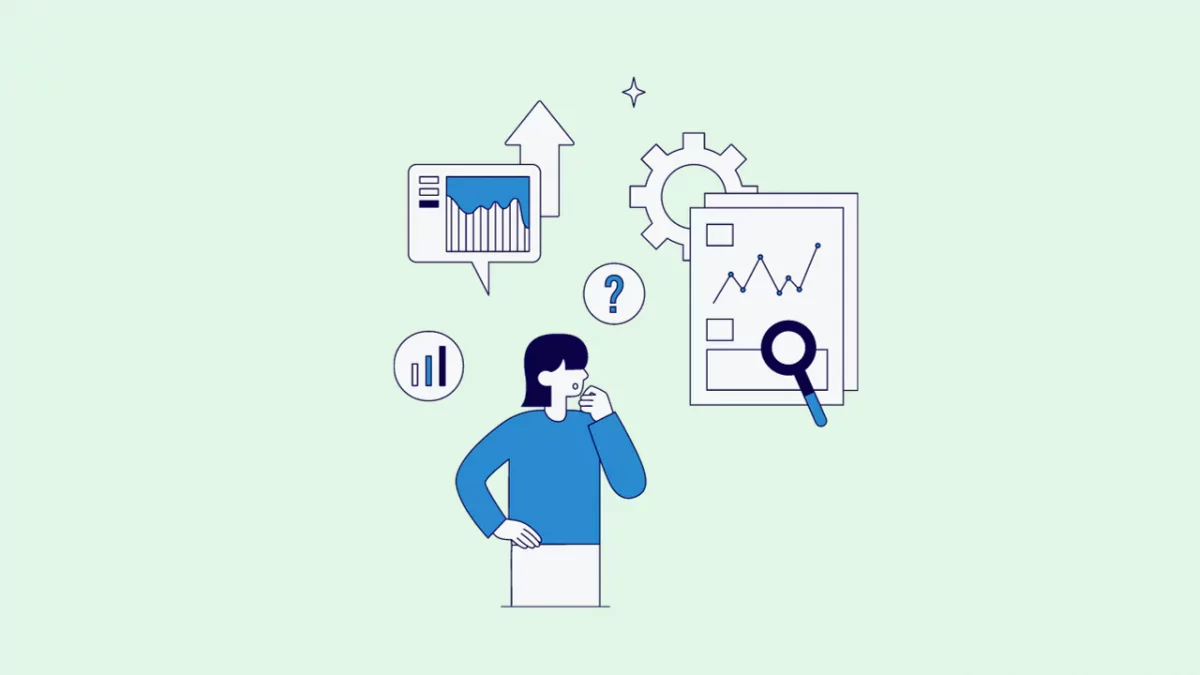
Data science has revolutionized the field of Social Media Analytics by enabling businesses and researchers to extract valuable insights from the vast amount of data generated on social media platforms. Data scientists utilize various data mining and natural language processing techniques to analyze social media data, including text, images, and videos.
Sentiment analysis is a common application of data science in this domain, where machine learning models are employed to gauge the sentiment of social media posts, comments, and reviews. This helps businesses understand public perception, customer feedback, and brand sentiment. Moreover, data science plays a crucial role in social media monitoring and trend analysis.
By processing real-time data streams, data scientists can identify emerging topics, popular hashtags, and viral content, providing businesses with opportunities to engage with their audience and adapt their marketing strategies accordingly.
For social media data collection and monitoring, tools like Tweepy and Twint are utilized to access and gather data from Twitter, while Facebook Graph API allows access to Facebook data
The insights gained through data science in social media analytics empower businesses to make data-driven decisions, enhance customer engagement, and monitor their online reputation effectively.
10. Sports Analytics
Data science has had a significant impact on the field of Sports Analytics, transforming the way teams, coaches, and athletes analyze performance and make strategic decisions. With the vast amount of data available from sensors, cameras, and wearables, data science techniques enable the extraction of valuable insights and patterns from the data.
One primary application of data science in sports analytics is player performance analysis. Data scientists use advanced statistical methods and machine learning algorithms to analyze player data, including movement patterns, shot accuracy, and other performance metrics.
This analysis helps coaches identify the strengths and weaknesses of individual players and the team as a whole, leading to data-driven training programs and tactical strategies.
Additionally, data science facilitates injury prevention and recovery in sports. By monitoring player biometrics and movement data, teams can identify signs of fatigue or injury risk and adjust training regimens accordingly, reducing the likelihood of injuries and improving overall player health.
Machine learning frameworks like TensorFlow and Keras are used for building predictive models in sports analytics, such as predicting player performance and game outcomes. The integration of data science in sports analytics has empowered teams and athletes to make data-driven decisions, gain a competitive advantage, and optimize their performance on the field.
11. DNA Sequencing and Bioinformatics
Data science has revolutionized the field of DNA sequencing and bioinformatics by enabling researchers to analyze and interpret massive amounts of genomic data quickly and accurately. DNA sequencing generates vast volumes of genetic information, and data science techniques play a crucial role in processing, aligning, and analyzing this data to extract meaningful insights.
Bioinformatics, a multidisciplinary field at the intersection of biology and data science, relies heavily on machine learning, pattern recognition, and statistical analysis to study biological sequences, genetic variations, and gene expression patterns. Data science algorithms are used to identify genes, regulatory elements, and other functional elements within the genome.
Moreover, data science plays a vital role in comparative genomics, where different genomes are compared to identify similarities and differences among species. The integration of data science in DNA sequencing and bioinformatics has accelerated research in genetics, genomics, and personalized medicine, leading to a deeper understanding of genetic diseases, drug discovery, and the potential for targeted therapies.
Bioconductor, a widely used open-source software, offers a collection of bioinformatics tools and packages for analyzing genomic data in the R programming language.
12. Sentiment Analysis for Market Research
Data science has played a pivotal role in Sentiment Analysis for Market Research, enabling businesses to gain valuable insights into customer opinions, preferences, and attitudes toward products and services. Sentiment analysis, also known as opinion mining, involves using data science techniques, particularly natural language processing (NLP) and machine learning, to determine the sentiment expressed in textual data, such as customer reviews, social media posts, and survey responses.
Data scientists develop sentiment analysis models that can classify text as positive, negative, or neutral sentiment, helping businesses understand customer feedback at scale. By analyzing large volumes of data, companies can identify trends, track brand sentiment over time, and gauge customer satisfaction levels.
These insights are invaluable for market research, product development, and marketing strategies, as they provide businesses with data-driven feedback that informs decision-making and enhances customer experience.
Natural Language Processing (NLP) tools such as TextBlob and VADER are commonly used for sentiment analysis of textual content. For data collection, tools like Tweepy and Twint are used to access and gather data from social media platforms like Twitter. Data visualization tools like Matplotlib and Seaborn help data scientists present sentiment analysis results in a visually appealing and interpretable manner.
These are just a few examples of the many real-world applications of Data Science. As the field continues to evolve, new applications are continually emerging, impacting almost every aspect of our daily lives and industries.
Conclusion
In conclusion, the real-world applications of Data Science have revolutionized industries and transformed the way we live, work, and interact.
The ability to extract meaningful patterns, predict outcomes, and optimize processes has led to improved efficiencies, enhanced customer experiences, and more sustainable practices.
Data Science is playing a definite role in almost every industry and it will definitely grow more in the future. It is important to stay up to date with its trends by reading online blogs and taking online courses from certified organizations.
Embracing Data Science’s potential empowers us to navigate an increasingly data-driven world, propelling us toward a brighter, data-informed future.
Kickstart your Data Science journey by enrolling in GUVI’s Data Science Course where you will master technologies like MongoDB, Tableau, PowerBI, Pandas, etc., and build interesting real-life projects.
Alternatively, if you would like to explore Python through a Self-paced course, try GUVI’s Python certification course.
FAQ
What is Data Science?
Data Science is an interdisciplinary field that involves extracting knowledge and insights from data using various techniques, including statistics, machine learning, and data analysis.
What skills are essential for a Data Scientist?
Data Scientists should possess skills in programming (e.g., Python, R), statistical analysis, data visualization, machine learning, and domain expertise.
Which industries benefit the most from Data Science applications?
Data Science finds applications across various industries, including healthcare (for personalized medicine and disease prediction), finance (for fraud detection and risk assessment), retail (for recommendation systems and market analysis), transportation (for predictive maintenance and route optimization), and more.
What are some future trends in Data Science applications?
Future trends in Data Science include increased use of artificial intelligence in various industries, advancements in natural language processing for more sophisticated communication systems, and the integration of Data Science with emerging technologies like the Internet of Things (IoT) and blockchain.

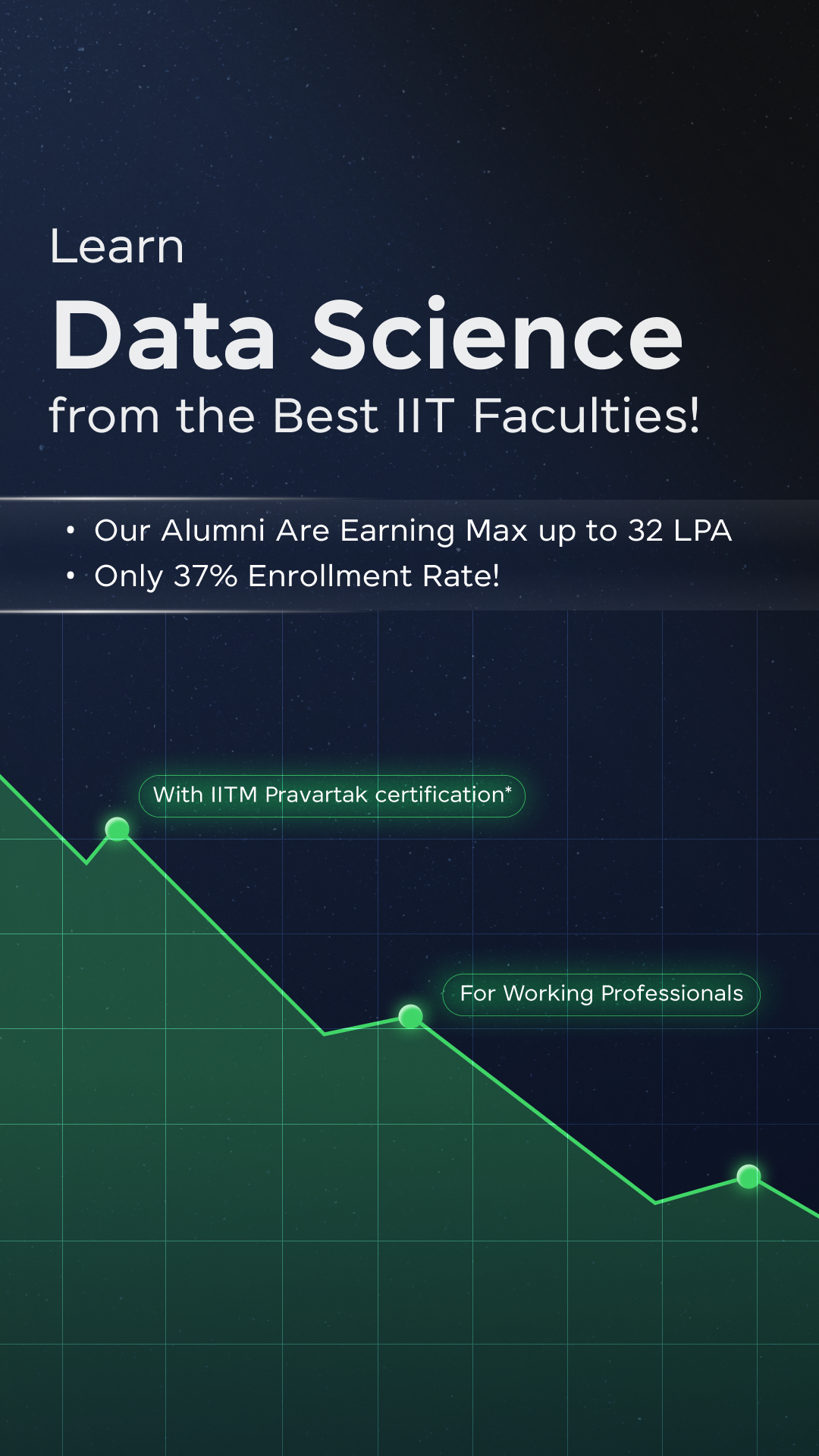













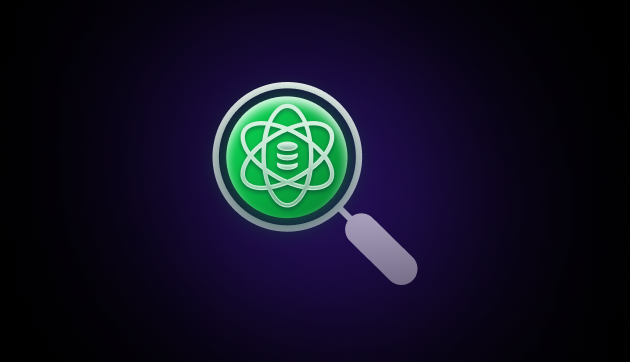








Did you enjoy this article?